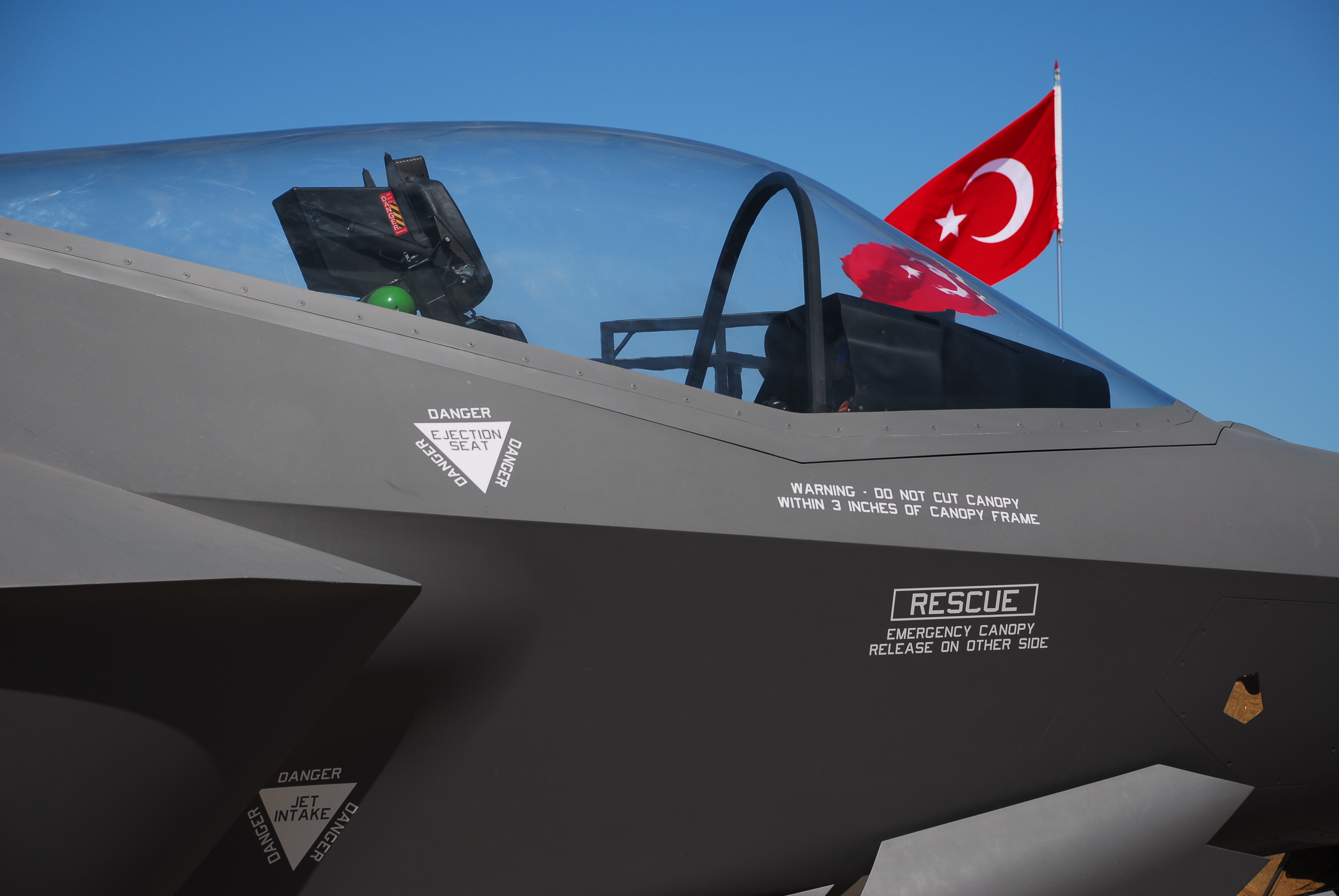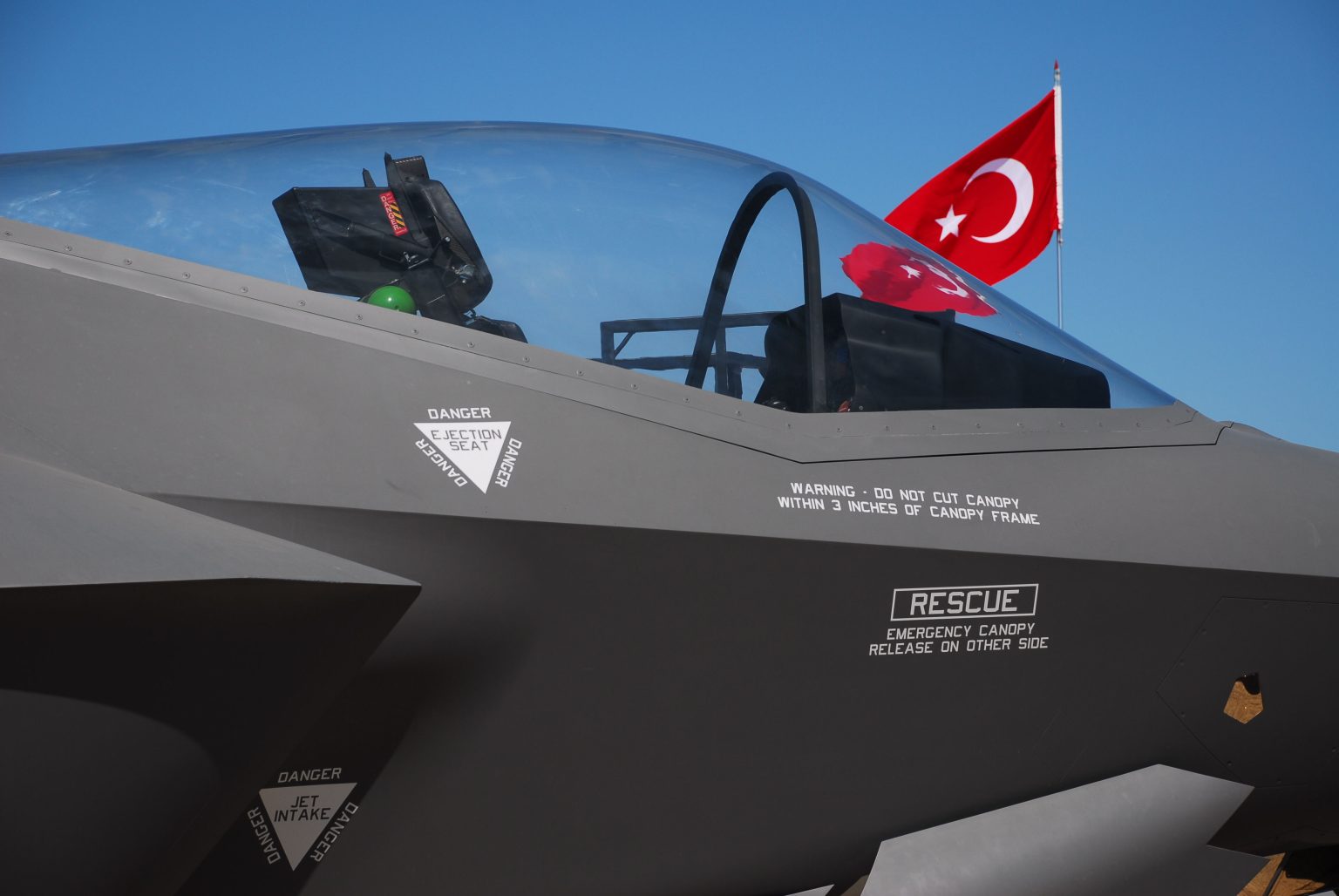President Erdoğan confirmed Türkiye’s return to the F-35 fighter jet program. This decision reshapes NATO’s southern air power.
Previously, Türkiye had been suspended due to the S-400 deal. That decision was based on serious NATO security concerns.
Türkiye’s F-35 Return Resets Regional Strategy
President Erdoğan’s announcement reflects a reset in Türkiye’s alignment with NATO. For months, defense diplomats held closed-door talks. Eventually, consensus was reached to restore Türkiye’s industrial and operational participation in the F-35 project.
Türkiye’s return not only restores its fifth-generation fighter capability. It also rebuilds long-damaged trust with Western allies. The timing coincides with heightened regional threats and NATO’s broader modernization goals.
Furthermore, this move confirms Türkiye’s dual-track strategy. It aims to pursue indigenous programs while staying inside key alliance structures.
Why Türkiye Was Removed From the F-35 Program
In 2019, Türkiye’s decision to procure the Russian-made S-400 system alarmed NATO partners. This system is not interoperable with NATO’s command architecture. More importantly, its radar posed potential threats to F-35 stealth security.
As a result, the U.S. invoked CAATSA sanctions and excluded Türkiye from the F-35 program. Although Türkiye continued to demand reengagement, key allies remained hesitant for years. Meanwhile, production contracts were shifted to other suppliers.
This episode caused severe disruption in Türkiye’s defense-industrial outlook. However, recent talks reopened diplomatic channels and enabled technical re-access through conditional steps.
NATO allies worried that F-35 data might be exposed. The program required full system interoperability and security compliance.
“This move restores strategic alignment inside NATO,”
Senior NATO Official

Technical and Industrial Impact of Rejoining
Before removal, Türkiye manufactured over 900 critical parts for the F-35. These included landing gear assemblies, fuselage structures, and wiring systems. These contracts were executed by companies like TUSAŞ, Alp Aviation, and Havelsan.
Following the new agreement, Türkiye will gradually resume some of these manufacturing roles. This will revitalize the local aerospace sector. Furthermore, it helps alleviate production bottlenecks faced by the global F-35 consortium.
In economic terms, Türkiye may regain up to $500 million in annual defense exports. That boost strengthens its national defense economy and restores its global supplier status.
These production lines will now be restarted. This will support both NATO supply chains and Türkiye’s defense exports.
NATO Gains New Strength on Its Southern Flank
Türkiye controls a critical NATO geography—bordering the Black Sea, Middle East, and Eastern Mediterranean. Reintroducing F-35s into its air force enhances NATO’s operational depth in those regions.
With tensions rising in Ukraine and Syria, Türkiye’s advanced air capability improves response times and deterrence posture. Moreover, integrated training missions with Italy, Greece, and Romania will resume in 2026.
Lastly, Türkiye’s return allows NATO to rebalance resources. Allies like Poland or Finland can now reallocate air assets toward northern sectors.
The move signals Türkiye’s renewed strategic focus. It also shows readiness to align with Western military standards.
Also Read: Türkiye’s Aircraft Carrier and TF-2000 Updates
External: Pentagon’s Global F-35 Strategy – DefenseNews
Conclusion: Türkiye Balances Sovereignty and Integration
Türkiye’s return shows it can balance sovereign defense goals with alliance-based cooperation. The KAAN program continues, but Türkiye avoids isolation. This dual-path strategy allows it to pursue independence without sacrificing strategic depth.
For NATO, the return means better southern coordination, stronger supply chains, and an upgraded force posture. It also sends a message to partners: disagreements can be resolved through persistence and diplomacy.
Going forward, Türkiye is expected to focus on hybrid integration. This includes using KAAN for regional missions, while relying on F-35s for joint NATO operations and deterrence roles.
This reentry also boosts defense diplomacy with the U.S. and ensures long-term access to fifth-generation aerial capabilities.








